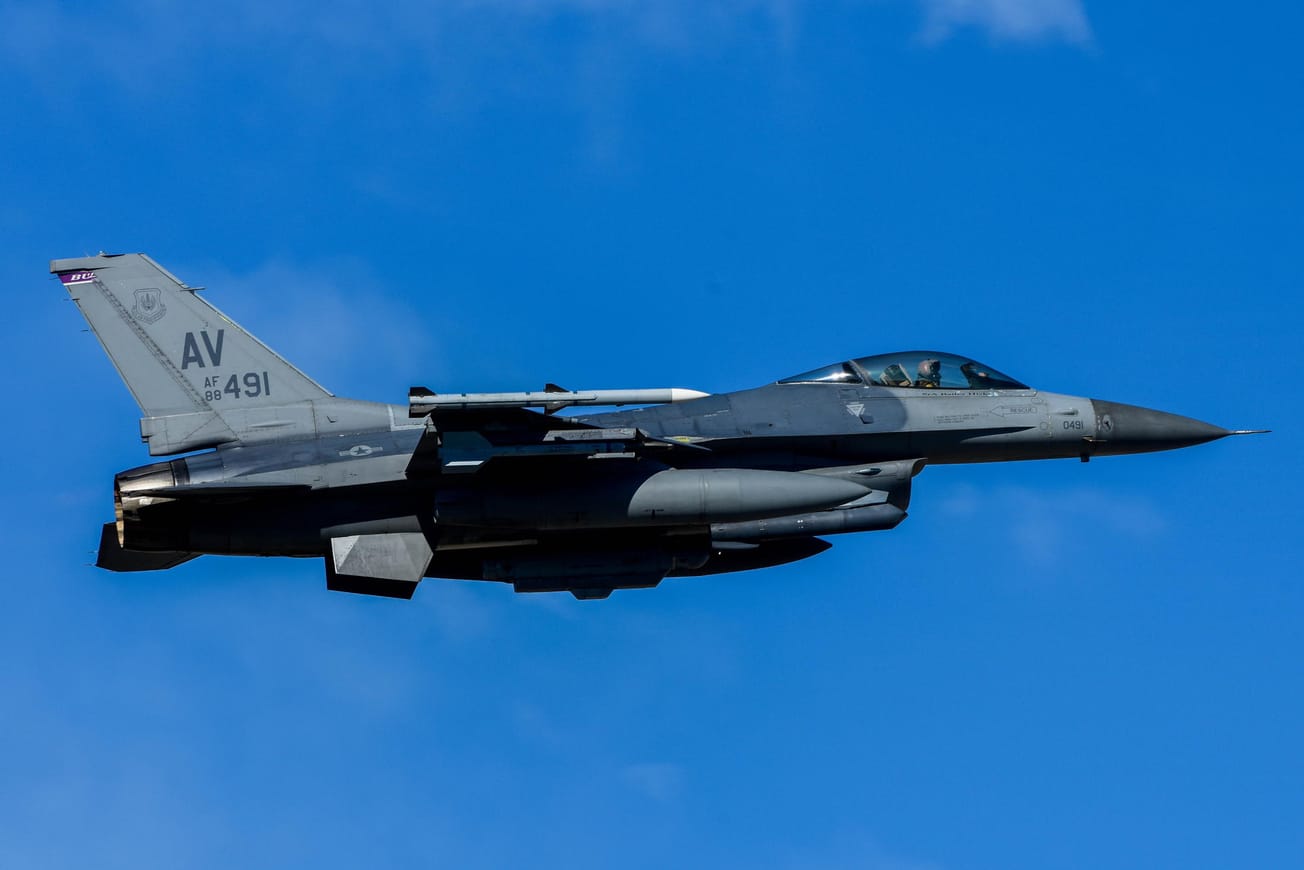EU dummies—pardon—leaders are competing with each other in announcing increases in military spending to counter “the Russian threat.” Thus, German Defense Minister Boris Pistorius announced at the Munich Security Conference a target of 3.5% of GDP to be reached by the German defense budget in the next year, way over the 2% target demanded by NATO. His colleague Finance Minister Christian Lindner promised a financial deregulation that will make investing in rearmament more attractive to investors.
Estonian Prime Minister Kaja Kallas, whom some in Brussels would like to become the future EU Commissioner for Defense, exploited the hype on the Navalny case in Munich on Feb. 17 to propose issuing a €100 billion Eurobond to finance rearmament against Russia, on the model of the so-called Recovery Fund that was launched after the Covid pandemic.
The European War Bond that Kallas proposed looks like a rewarmed version of Reichsbank Governor Hjalmar Schacht’s scheme to finance Nazi rearmament. Schacht used a small company, Metall Forschungsgesellschaft (Mefo), to issue a giant amount of debt notes, which were eventually discounted by Schacht’s central bank, to finance rearmament out of the national budget. The Eurobond scheme is similar—the Mefo role is played by the EU, a non-state entity, but ultimately the EU-issued debt is guaranteed by member states.
For Germany, to almost double its defense budget means to go from $65.3 billion to $142.8 billion. Currently, the aggregate figure of all national defense budgets in the EU is below $300 billion. EU dummies are fantasizing of reaching the U.S. level of $877 billion. However, that implies an unsustainable effort for most national budgets. That is why they want to launch the new EU “Mefo-bills.'’ The proposed €100 billion Eurobond would be just the first steps towards a war economy.





